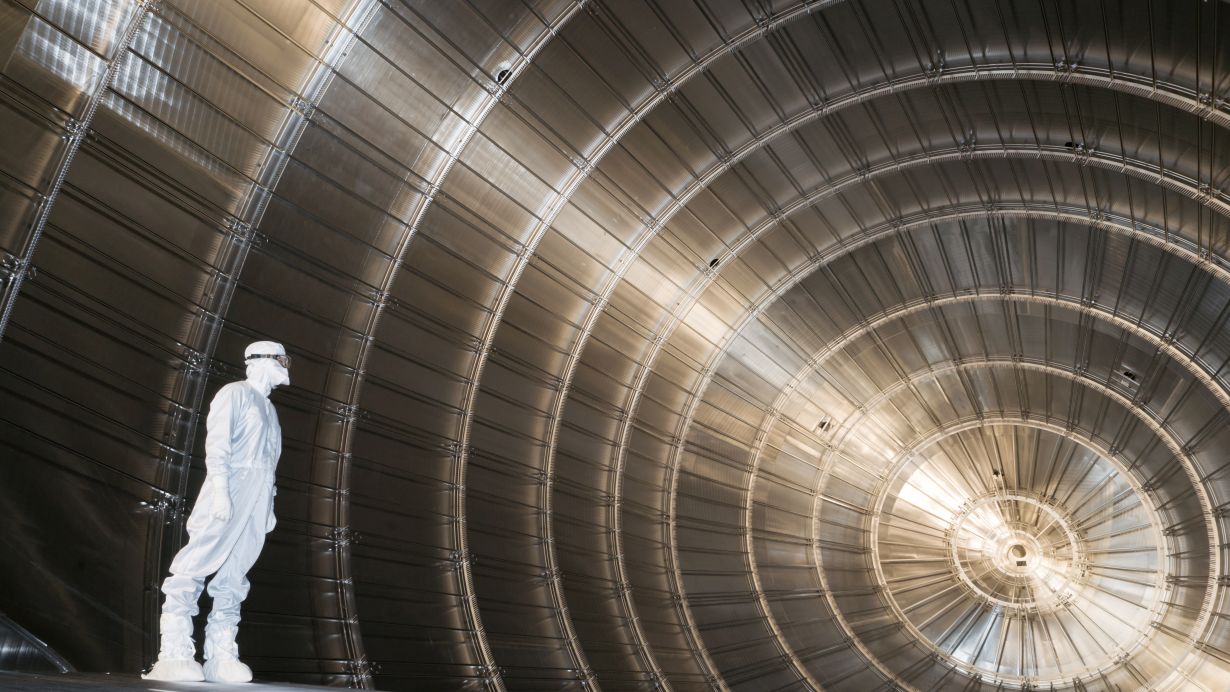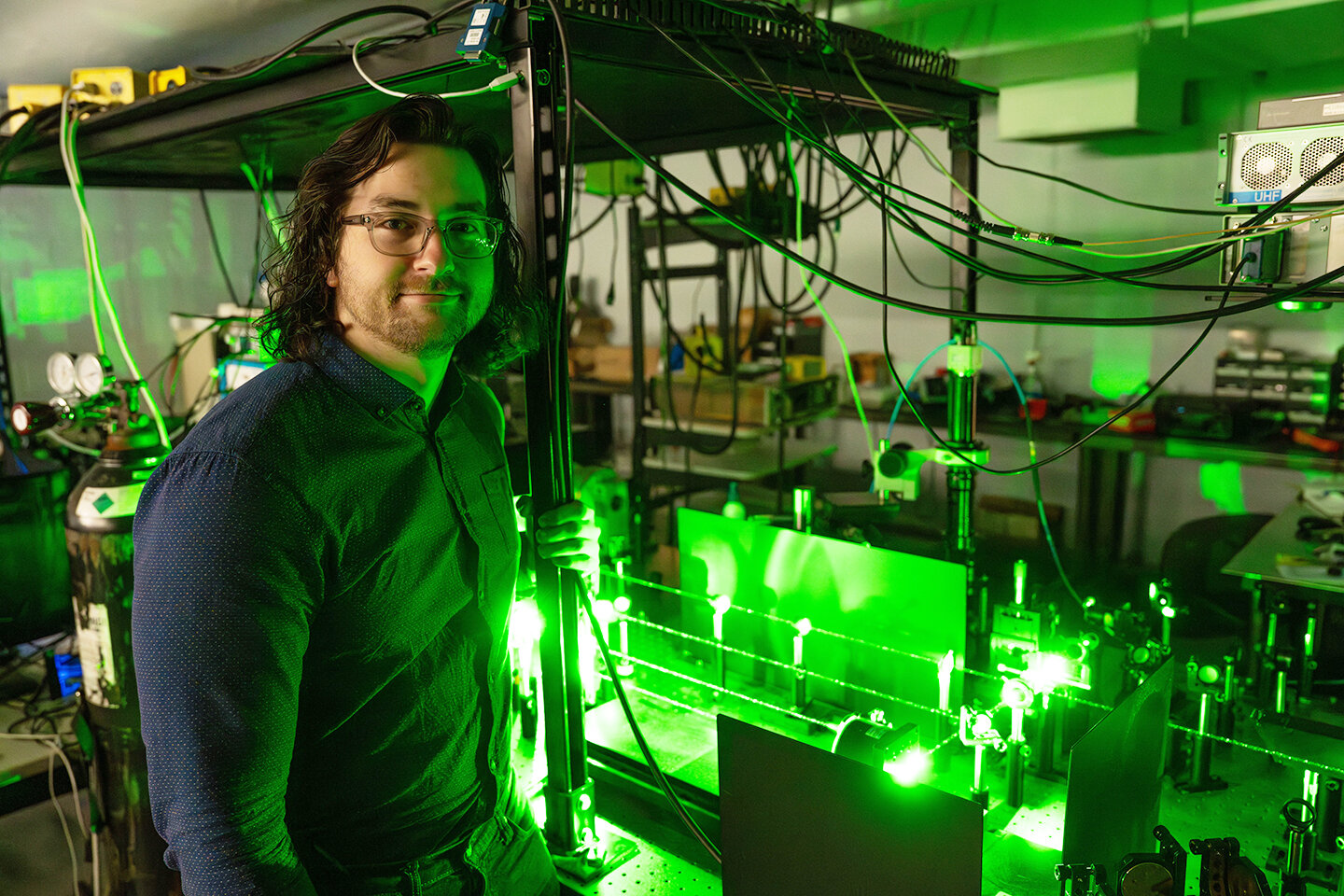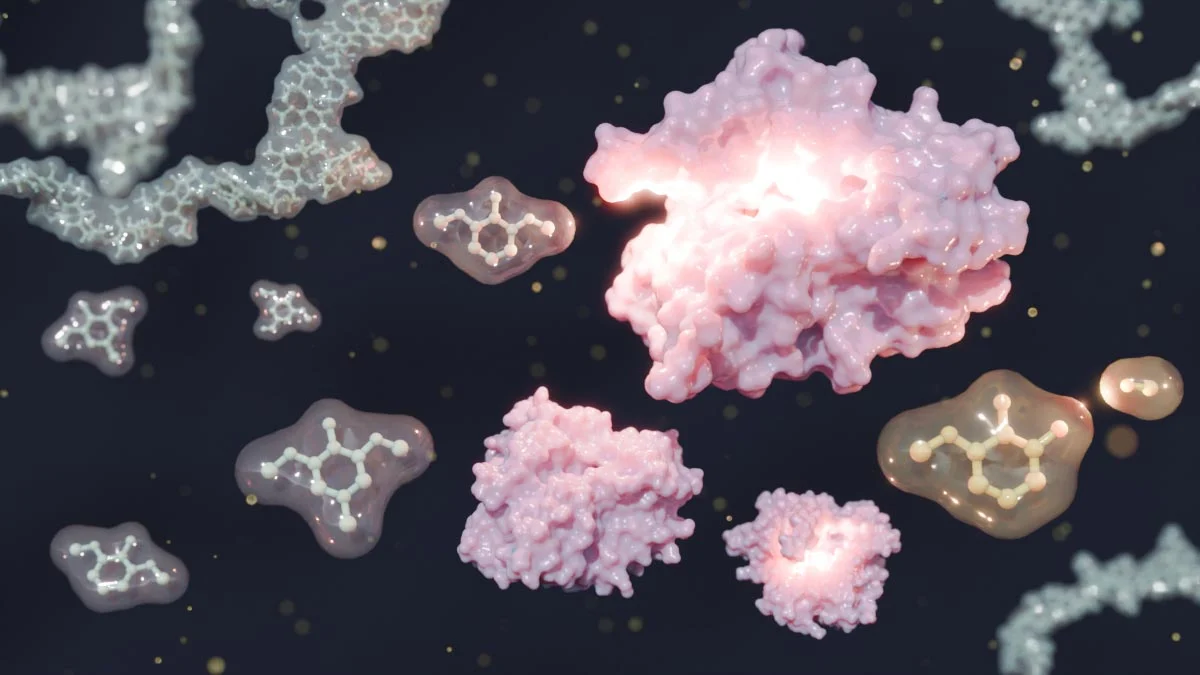A microscopic grain from asteroid Ryugu, delivered by Japan’s Hayabusa2 probe, revealed a fiery mineral that shouldn’t exist there. The unexpected find is raising new questions about asteroid formation and early Solar System history. (Illustration of Japan’s Hayabusa2 mission to asteroid Ryugu.) Credit: JAXA
This Unexpected Find Could Change What We Know About the Solar System
Scientists have discovered a fiery mineral inside asteroid Ryugu. Known as djerfisherite, this mineral usually forms in hot, oxygen-poor environments. But Ryugu is cold, carbon-rich, and believed to have formed far from the Sun. This discovery challenges what we thought we knew about the early solar system.
Why This Discovery Is So Surprising
Ryugu is a C-type asteroid. These types are rich in carbon and form in cold, icy regions of space. Naturally, scientists expected to find only low-temperature materials. Instead, they found djerfisherite—a mineral that needs heat to form.
What Is Djerfisherite?
This mineral forms in sulfur-rich, high-temperature environments with very little oxygen. These are the kinds of places you’d expect near volcanic activity or in the inner solar system, not inside a frozen asteroid.
Ryugu: A Space Rock From the Past
Ryugu is more than just an asteroid. It’s a space fossil, dating back over 4.5 billion years. In 2020, Japan’s Hayabusa2 mission brought samples of Ryugu back to Earth. These tiny fragments let scientists look directly into the early days of our solar system.
A Cold Asteroid With a Hot Secret
Until now, experts thought Ryugu stayed cold and unchanged. But finding djerfisherite tells a different story. Either the asteroid heated up at some point, or it mixed with material from hotter regions of space.
A New View on How Planets Form
This discovery forces scientists to rethink their ideas about how planets and asteroids formed. It suggests that the early solar system was more active than we thought. Different materials may have traveled long distances and mixed in surprising ways.
Could Collisions or Water Activity Be the Cause?
Some believe Ryugu’s parent body may have experienced heat from impacts or underground water activity. Others think this mineral came from outside and became part of Ryugu later. Either way, the find shows that asteroid formation was more complex than once believed.
Looking Ahead: What Else Might We Find?
More discoveries like this could change how we understand the solar system’s origin. Future missions may uncover even more clues hidden inside other space rocks.
What’s Hiding in the Next Asteroid?
As scientists study more samples, the story of our solar system will continue to evolve. Could other asteroids hold unexpected materials too?
Join the Curiosity
What do you think this discovery means for space science? Could it lead to a new theory of how our solar system came to be?
Reference: “Djerfisherite in a Ryugu grain: A clue to localized heterogeneous conditions or material mixing in the early solar system” by Masaaki Miyahara, Takaaki Noguchi, Akira Yamaguchi, Toru Nakahashi, Yuto Takaki, Toru Matsumoto, Naotaka Tomioka, Akira Miyake, Yohei Igami and Yusuke Seto, 28 May 2025, Meteoritics & Planetary Science.
DOI: 10.1111/maps.14370
Daily science news 2025, Best science blogs, New science research 2025, Popular science articles, Latest science news 2025










